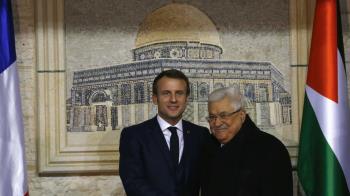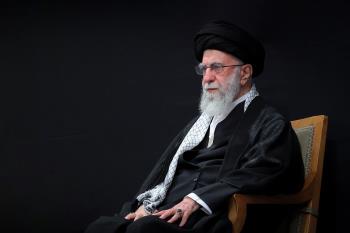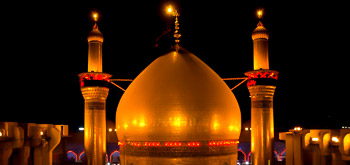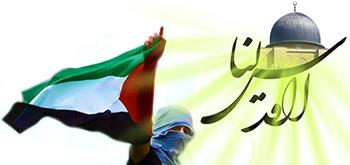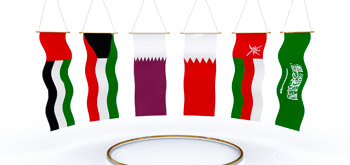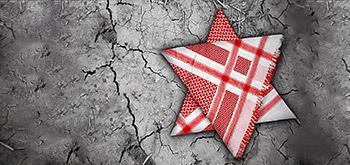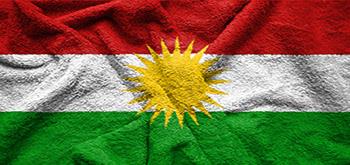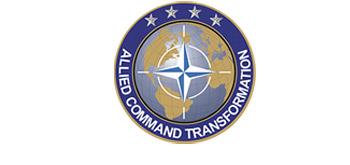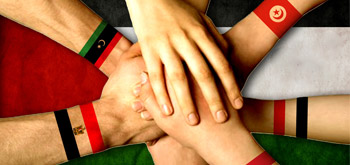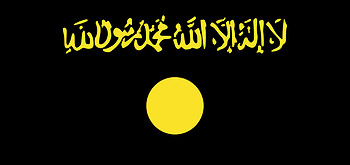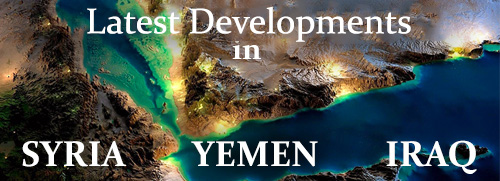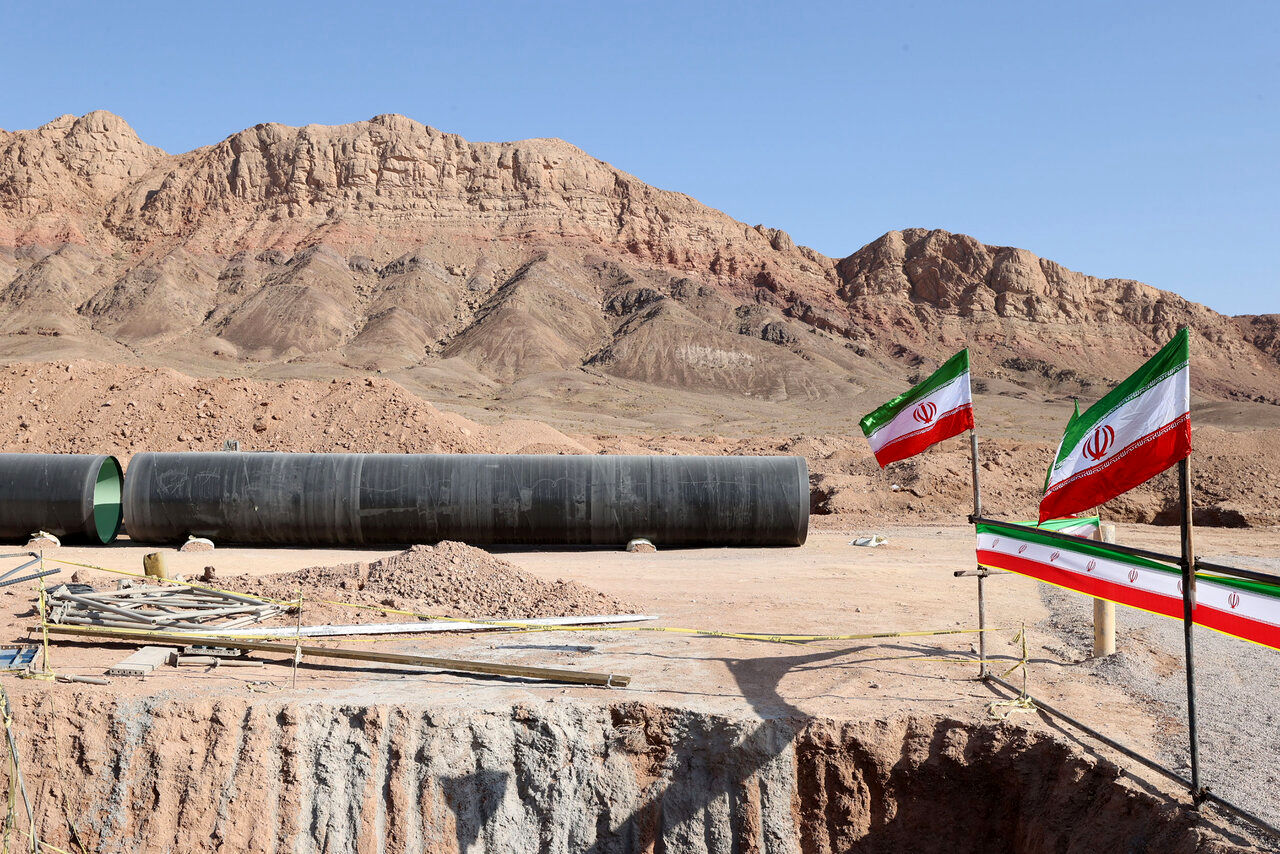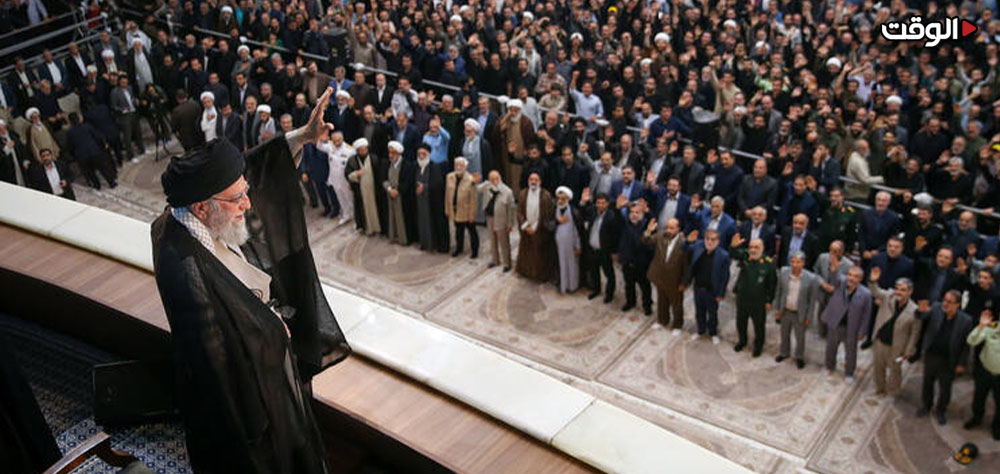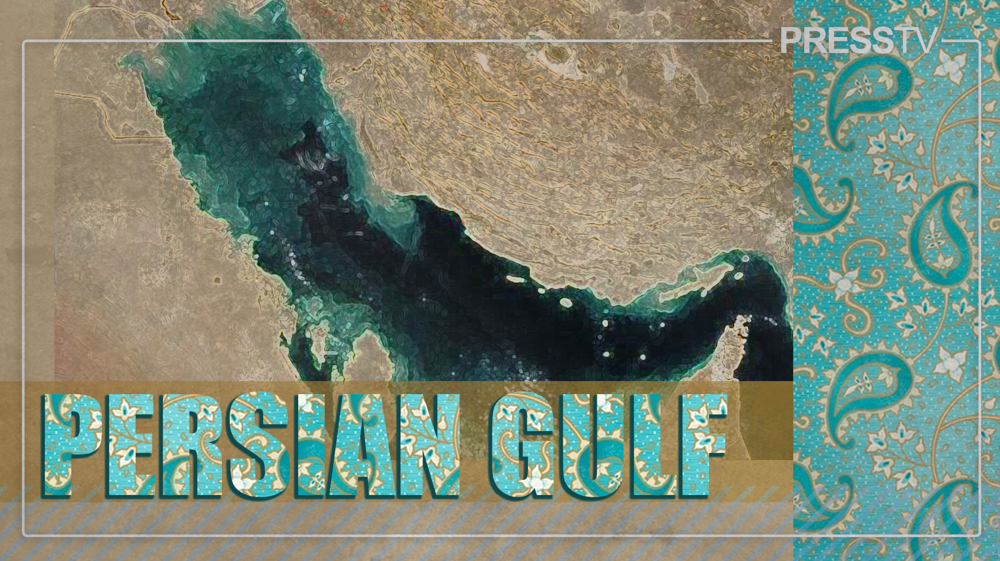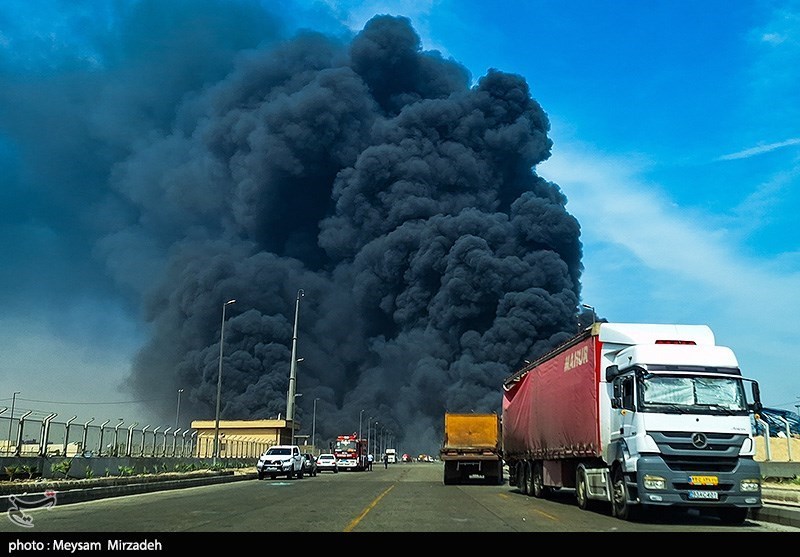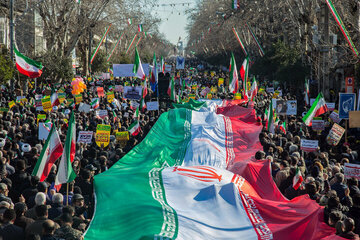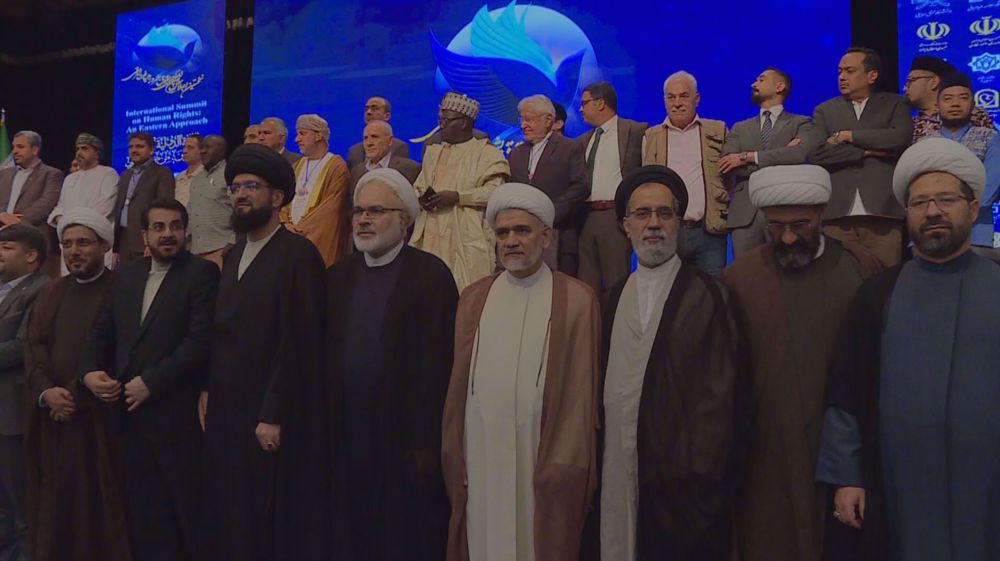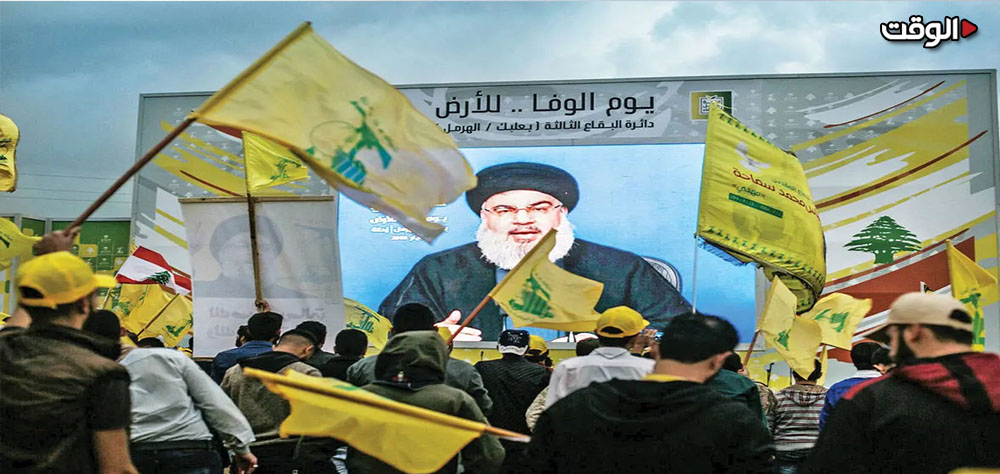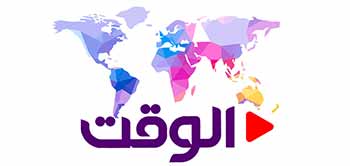Alwaght- Today the role of water in the global disputes is growing bolder gradually and perhaps no region more than West Asia is grappling with geopolitical crises stemming from water shortage.
Iran, as a country located in a dry region of the world, has been dealing with water shortage challenges for years. However, the grand project to transfer water from of Sea of Oman and Persian Gulf to the Iranian Plateau is a long step to settling this crisis.
This project has not only improved the Iranian place in the desalination technology and water transfer, but also it has made the country leading in this area.
Alarming situation of global water reserves
As a key building block of sustainable development, water plays a vital role in agriculture, industry, energy production and human health. However, population growth, climate change and mismanagement of water resources have left many countries facing severe water crises. According to the Water Risk Atlas (WRI), 25 countries, home to a quarter of the world’s population, face severe water stress every year.
In addition, about 4 billion people (50 percent of the world’s population) live in conditions of severe water scarcity for at least one month a year. According to the United Nations Population Fund, over the past 70 years, the world’s population has tripled and global water consumption has increased sixfold.
With this demand increasing by 2050, even if the world manages to limit global temperature increase to 1.3 to 2.4 degrees by 2100, another one billion people are expected to live in conditions of severe water stress.
According to the UN, there have been more than 5,381 water disputes in the world in the last half century, 81 of which have resulted in military conflicts or the destruction of dams.
In West Asia, countries such as Bahrain, Qatar, Kuwait and Oman are at the highest level of water crisis. This crisis could fuel water wars in the region in the near future.
West Asia: Epicenter of water tensions
Due to their arid climate and limited freshwater resources, the West Asia and North Africa region has always witnessed geopolitical tensions around water. According to a report by the International Institute for Strategic Studies in London, the water crisis in the West Asia has affected the political and security relations of countries more than any other region. Analysts believe that the ultimate fate of the region conflicts may be tied to water.
Some of the most important cases include:
The Arab-Israeli conflict over the Jordan and Litani rivers where three consecutive wars over water have occurred between the Arabs and Israelis. The presence of the Israeli regime in the region and their increasing immigration to the region have made the water issue a challenge for this regime. The presence of two blue stripes in the Israeli flag symbolizes the two life-giving rivers of the region, the Nile and the Euphrates, and indicates the importance that this regime attaches to the water issue. About 40 percent of Israel’s sustainable water resources come from the occupied territories (the West Bank, the Sea of Galilee, and the Golan Heights), and some political analysts believe that water alone will ultimately determine the fate of the occupied territories and whether there will be war or peace in the region.
Egypt, Sudan, and Ethiopia dispute over Grand Ethiopian Renaissance Dam on the Nile River.
Turkey, Syria, and Iraq dispute over dams built on the Tigris and Euphrates.
India and Pakistan dispute over the Sindh River.
Iran’s water challenges with neighbors
As part of the West Asia region, Iran is facing water challenges. Iran is in a state of water stress with an average rainfall of 250 mm per year (one-third of the global average). Reduced rainfall, frequent droughts, and excessive extraction of groundwater resources have also compounded to the challenge, bringing the country’s water situation to the brink of crisis.
Meanwhile, dam construction in the upstream basins and at the headwaters of large rivers inside Iran has led to negotiations over water rights becoming one of the main axes of diplomatic talks and sometimes political disputes with neighboring countries in recent years. Here are examples:
Dispute with Afghanistan over the Helmand River: Construction of the Kamal Khan Dam by the Taliban and reduction of Iran’s water rights have increased concerns about escalating water tensions.
Challenges of the Aras River with Azerbaijan: Joint management of the river’s water requires greater cooperation.
Dispute over the Tigris and Euphrates dams: Turkey’s water policies in the construction of numerous dams have reduced the flow of water to Iraq and Iran.
These conditions have made the necessity of implementing large-scale water transfer projects and utilizing modern technologies more apparent than ever before.
Iran’s long step to settling water crisis
In such condition, the grand project to transfer water from of Sea of Oman and Persian Gulf to the Iranian Plateau as one of the largest and most complicated water projects of the country has increased hopes for settling the water crisis. The project is also believed to be a facilitator to economic development, reducing pressure on the mainland water resources, and population sustainability in the regions hit by water challenges.
This large-scale national project, whose first phase was inaugurated in recent days, was launched in September 2022 in 24 points with 14 contractors. The second phase was launched a year later by the late President Sayyed Ibrahim Raisi.
Prospectively, Oman Sea water is planned to be transferred to the eastern provinces including Southern Khorasan, Khorasan Razavi, and Baluchestan with a main line length of 1,342 kilometers.
Project specifications and objectives
Water source: Oman Sea and Persian Gulf
Desalination technology: Using reverse osmosis (RO) and thermal evaporation systems
Water transfer volume: 70 million cubic meters in the first phase and 600 million cubic meters per year in the end
Transfer route: 1,200 kilometers of pipeline to Isfahan and 1,342 km to Khorasan
Implementation cost: Billions of dollars in public and private investment
Project implementation achievements
1. Water supply for industries and agriculture:
Isfahan industries, which have been facing problems due to water shortages for years, can now use desalinated sea water.
Agriculture in the central regions, which was exposed to drought, will be able to recover.
2. Reducing pressure on domestic resources:
By transferring sea water, pressure on domestic water resources and withdrawals from rivers such as the Zayandehrood River will be reduced.
Complete drying of wetlands and qanats (aqueducts) will be prevented.
3. Development of desalination technology:
With the implementation of this project, Iran has become one of the most advanced countries in the region in desalination technology.
This achievement can pave the way for the export of technical services to other water-scarce countries in the region.
In addition, providing the water needed for large industries such as mines and power plants in order to prevent raw materials and increase added value is another key objective of this project.
4. Strengthening national security:
By reducing dependence on border water resources, the possibility of water tensions with neighbors will be reduced.
The deprived eastern regions of the country, which have faced water shortages for years, will have the opportunity to develop thanks to greater water shares.
Conclusion
Implementation of the Sea of Oman and Persian Gulf to the Iranian Plateau is not only a big engineering achievement, but also a strategic step towards the national water security. This shows that Iran cab weather water crisis relying on domestic technology and long-term planning.
At a time the West Asian has become a hotbed of water tensions, Iran’s success in this project could serve as a model for other countries in the region. If this trend continues, Iran will not only manage its domestic water crisis, but will also become a hub for desalination technology in the region.

